PPT-Miniature faking
Author : trish-goza | Published Date : 2016-07-20
httpenwikipediaorgwikiFileJodhpurtiltshiftjpg In closeup photo the depth of field is limited Miniature faking Miniature faking httpenwikipediaorgwikiFileOregonStateBeaversTiltShiftMiniatureGregKeenejpg
Presentation Embed Code
Download Presentation
Download Presentation The PPT/PDF document "Miniature faking" is the property of its rightful owner. Permission is granted to download and print the materials on this website for personal, non-commercial use only, and to display it on your personal computer provided you do not modify the materials and that you retain all copyright notices contained in the materials. By downloading content from our website, you accept the terms of this agreement.
Miniature faking: Transcript
Download Rules Of Document
"Miniature faking"The content belongs to its owner. You may download and print it for personal use, without modification, and keep all copyright notices. By downloading, you agree to these terms.
Related Documents





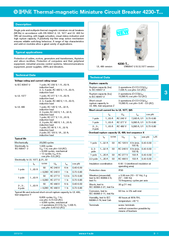
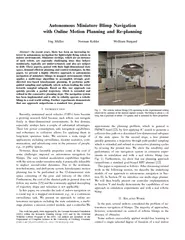
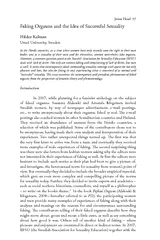
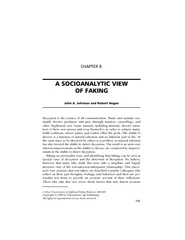



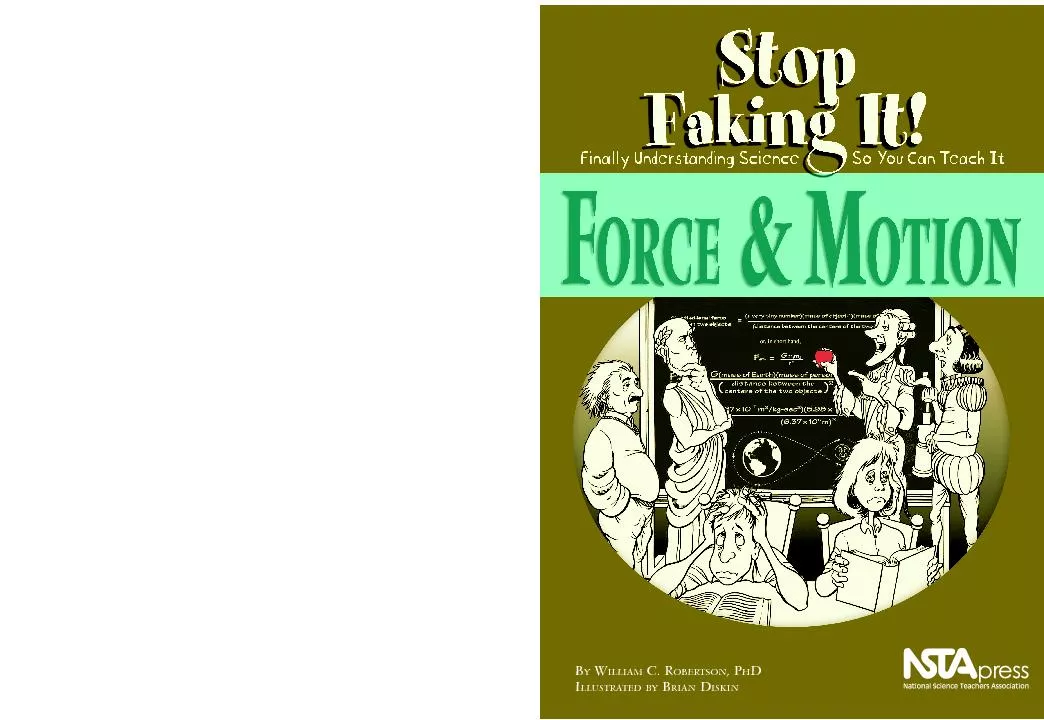

![[DOWNLOAD]-Faking It: The Lies Women Tell about Sex--And the Truths They Reveal](https://thumbs.docslides.com/956259/download-faking-it-the-lies-women-tell-about-sex-and-the-truths-they-reveal.jpg)